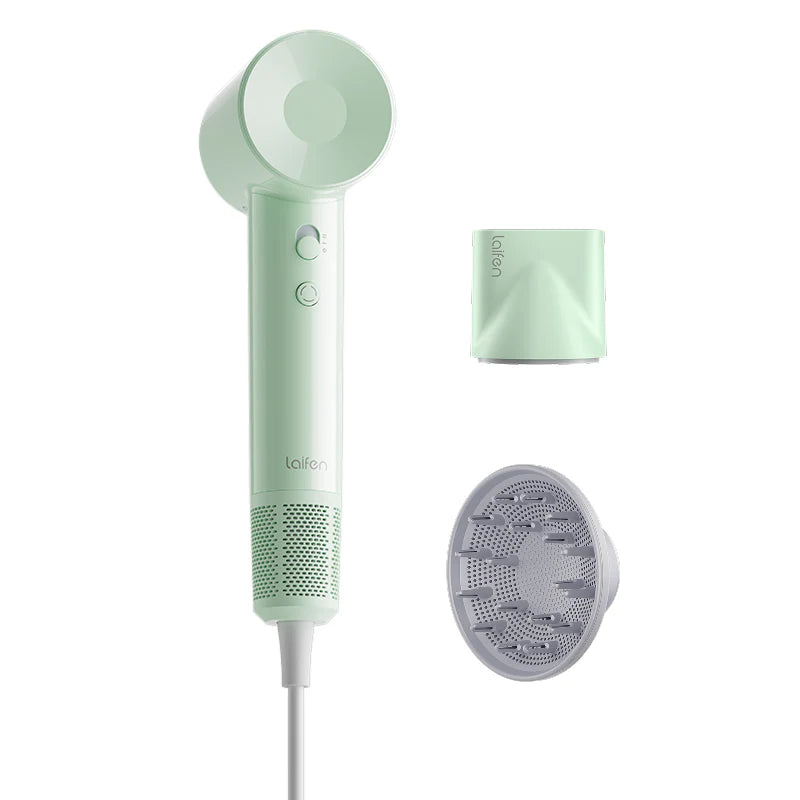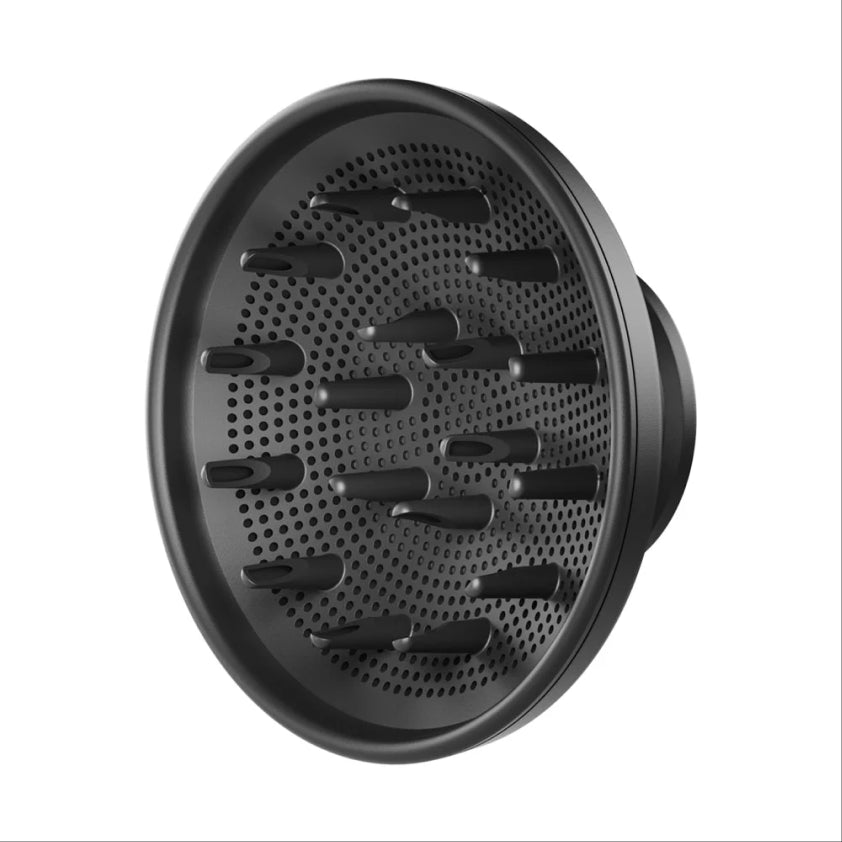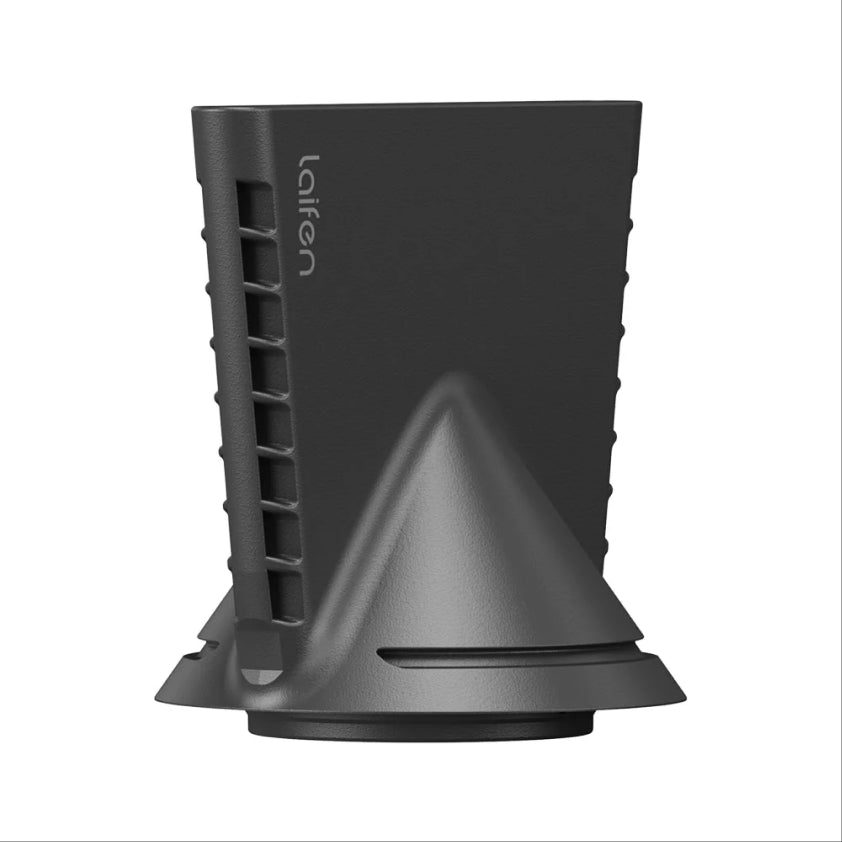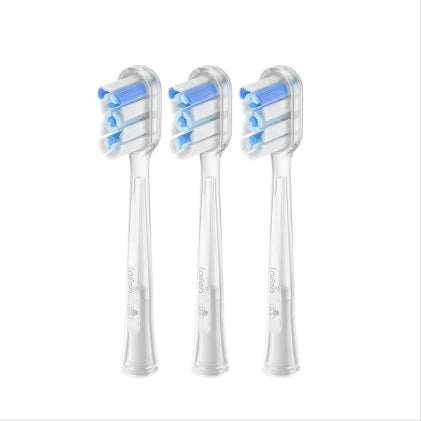
In this article
Using mouthwash after daily brushing can enhance oral care. With a variety of products available, the question arises: which one is the best? Fluoride mouthwash has been proven effective, offering essential protection against cavities. It’s most beneficial when used after brushing, as this is the optimal time to supplement your oral care routine. However, remember that mouthwash is an addition, not a substitute for brushing.
Fluoride mouthwash is popular due to its ease of use and the support it provides for oral health. In this article, we’ll explore the benefits of fluoride mouthwash and share some tips for effective use.
Best Practices for Using Fluoride Mouthwash
Want to get the most out of your fluoride mouthwash? Follow these simple tips:
-
Use It Right After Brushing
Incorporate mouthwash immediately after brushing your teeth for maximum benefit. -
Rinse for a Few Minutes
Swish the mouthwash around your mouth thoroughly for the recommended duration. -
Spit, Don’t Swallow
Make sure to spit out the mouthwash and avoid swallowing it. -
Wait 30 Minutes Before Eating or Drinking
Avoid consuming food or drinks for at least 30 minutes after use to let the fluoride work effectively. -
Choose a Fluoride Mouthwash for Optimal Protection
Select a fluoride mouthwash for enhanced cavity prevention and enamel protection. -
Consult Your Dentist for the Correct Dosage
Ask your dentist for guidance on the right dosage and frequency for your specific needs. -
Use It Regularly but Not Too Frequently
While regular use is beneficial, avoid overusing it to prevent any adverse effects. -
Maintain Good Overall Oral Hygiene
Use fluoride mouthwash as part of a comprehensive oral care routine, including brushing, flossing, and regular dental check-ups.
When Should You Use Fluoride Mouthwash?
Fluoride mouthwash should be used twice a day for optimal results. The best times to use it are immediately after brushing your teeth. This allows the fluoride to work most effectively by reinforcing enamel and providing maximum protection against cavities.
By using fluoride mouthwash as part of your post-brushing routine, you can ensure your teeth receive the necessary care and defence against decay. Incorporating this habit into your morning and evening routine helps maintain strong, healthy teeth over the long term.
Fluoride Mouthwash vs. Fluoride Toothpaste
Both fluoride mouthwash and fluoride toothpaste offer essential protection for your teeth, but they work differently:
- Fluoride Toothpaste provides mechanical cleaning, helping to remove plaque from the surface of the teeth.
- Fluoride Mouthwash reaches areas that are difficult to access with a toothbrush, enhancing enamel strength and further reducing the risk of cavities.
Benefits of Both Products
| Fluoride Toothpaste | Fluoride Mouthwash |
|---|---|
| Provides mechanical cleaning | Liquid form reaches hard-to-reach areas |
| Prevents cavities | Strengthens enamel and prevents decay |
| Often contains extra ingredients for fresh breath | Works as a supplemental care product |
Combining Both for Optimal Protection
Want the best results? Use both products together! Combining fluoride toothpaste and mouthwash ensures comprehensive care: toothpaste mechanically cleans your teeth, while the mouthwash reaches hidden areas and strengthens enamel.
Your teeth will thank you for this effective combination, giving you a brighter, healthier smile.
Comparison: Fluoride vs. Non-Fluoride Mouthwash
Fluoride mouthwash or non-fluoride mouthwash? This is the essential question. The choice depends on your specific needs:
- Fluoride Mouthwash offers additional protection against cavities, ideal for those looking to strengthen enamel and prevent decay.
- Non-Fluoride Mouthwash suits individuals who prefer or require a fluoride-free product for personal or medical reasons. Ultimately, the decision is yours to make based on your preferences and oral care goals.
Benefits of Non-Fluoride Antibacterial Mouthwash
Non-fluoride antibacterial mouthwash reduces bacteria in the mouth, benefiting people with:
- Gum disease
- Bad breath (halitosis)
These mouthwashes effectively combat bacteria, promoting healthier gums and fresher breath. However, they do not offer the same cavity protection as fluoride mouthwash.
Tips for Using Fluoride Mouthwash
There are many fluoride mouthwashes available on the market, so it's important to select one that suits your individual needs. Consult with your dentist for recommendations and look for a product with the appropriate fluoride concentration. Some mouthwashes also offer additional benefits, such as:
- Plaque prevention
- Antibacterial properties
Tips for Choosing the Right Mouthwash
-
Read the Ingredients Carefully
Understand what’s in the product to ensure it meets your needs. -
Check the Fluoride Concentration
Choose a concentration that offers effective cavity protection. -
Opt for Alcohol-Free Products if You Have Sensitive Gums
Alcohol-free mouthwashes are gentler on oral tissues. -
Look for Extra Benefits
Some mouthwashes offer added protection, such as gum care or antibacterial action. -
Choose Fluoride Mouthwash for Cavity Prevention
Make sure the product contains fluoride to strengthen enamel and prevent decay. -
Ask Your Dentist for Recommendations
Your dentist can suggest products tailored to your specific oral health needs. -
Try Different Brands to Find the Best Fit
Experimenting with different brands may help you discover the one that works best for you. -
Avoid Strong Colouring Agents
Steer clear of products with intense dyes, as these could stain your teeth over time.
How to Use Fluoride Mouthwash Correctly
The effectiveness of fluoride mouthwash depends on proper use. Follow these steps to ensure you get the best results:
-
Use Once a Day After Brushing
Use fluoride mouthwash after brushing your teeth, typically once a day. -
Rinse for About One Minute
Swish the mouthwash in your mouth for approximately one minute to allow it to work effectively. -
Spit It Out Completely
After rinsing, spit out the liquid and avoid swallowing it. -
Wait 30 Minutes Before Eating or Drinking
For optimal results, refrain from eating or drinking for at least 30 minutes after using the mouthwash.
Conclusion – Fluoride Mouthwash
Using fluoride mouthwash can significantly improve your oral health. It helps prevent cavities and strengthens tooth enamel, making it a perfect addition to your daily oral care routine.
With a wide variety of mouthwashes available, it’s important to select one that meets your individual needs. Have you found the right fluoride mouthwash for you? If so, be sure to use it regularly and follow the instructions carefully. Proper usage is key, and your teeth and gums will thank you for it!


























